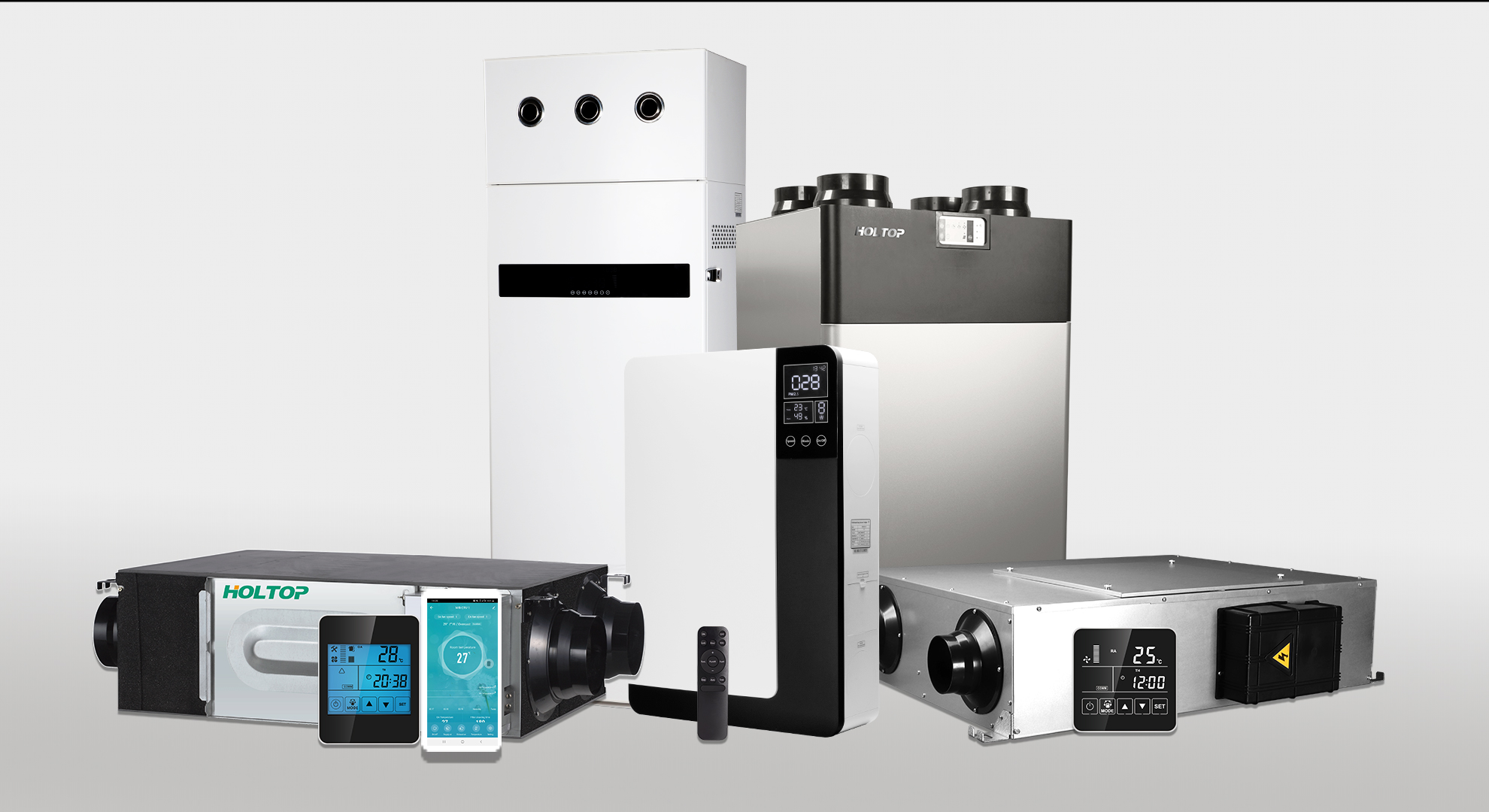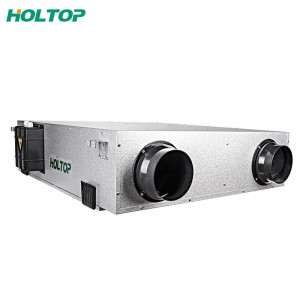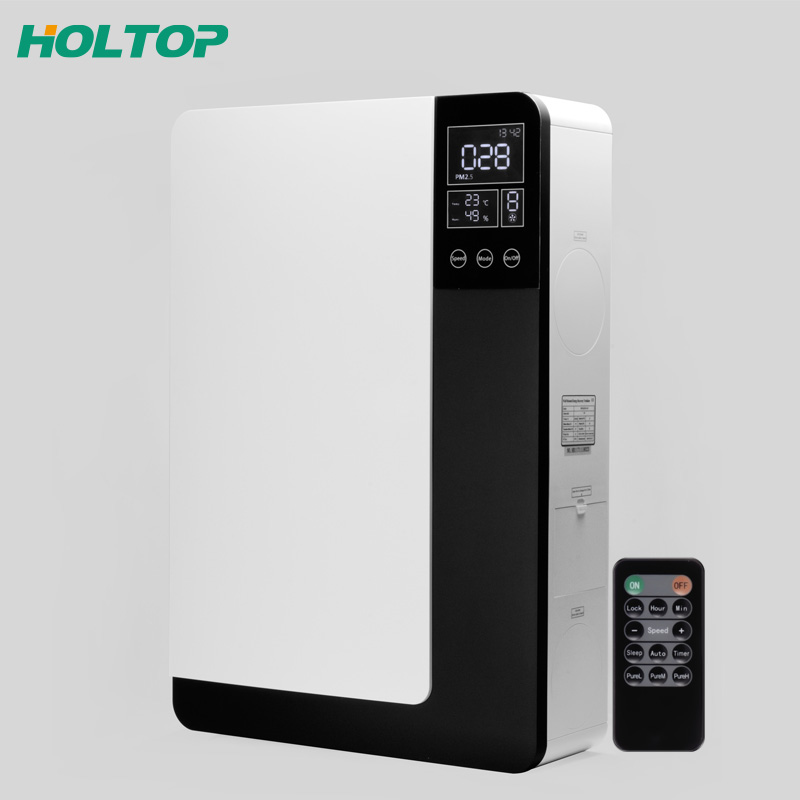
In Australia, the conversations about ventilation and indoor air quality have become more topical due to the 2019 bushfire and the COVID-19 pandemic. More and more Australians spend more time at home and the significant presence of indoor mold brought on by two years of heavy rain and floods.
According to the “Australian Government's Your Home”website, 15-25% of a building's heat loss is caused by air leaks from the building. Air leaks make it harder to heat buildings, making them less energy efficient. Not only bad for the environment but also costs more money to heat the unsealed buildings.
Moreover, Australians become more energy-conscious, they are sealing more small cracks around doors and windows to prevent air from escaping from buildings. New buildings are also often constructed with insulation and efficiency in mind.
We know ventilation is the exchange of the inside and outside air of buildings and reduces the concentration of air pollution indoors to maintain human health.
Australian Building Codes Board has produced a handbook about Indoor air quality, which explained “A space in a building used by occupants must be provided with means of ventilation with outdoor air which will maintain adequate air quality.”
Ventilation can be either natural or mechanical or a combination of the two, however, natural ventilation through open windows and doors isn’t always going to be enough to ensure good indoor air quality, as this is dependent on variables such as the surrounding environment, outdoor temperature and humidity, Window sizing, location, and operable, etc.
How to select a mechanical ventilation system?
Normally, there are 4 mechanical ventilation systems to choose from: exhaust, supply, balanced, and energy recovery.
Exhaust Ventilation
Exhaust ventilation is most appropriate for colder climates. In warmer climates, depressurization can draw moist air into wall cavities where it may condense and cause moisture damage.
Supply Ventilation
Supply ventilation systems use a fan to pressurize a structure, forcing outside air into the building while air leaks out of the building through holes in the shell, bath, and range fan ducts, and intentional vents.
Supply ventilation systems allow better control of the air that enters the house compared to exhaust ventilation systems, they work best in hot or mixed climates because they pressurize the house, these systems have the potential to cause moisture problems in cold climates.
Balanced Ventilation
Balanced ventilation systems introduce and exhaust approximately equal quantities of fresh outside air and polluted inside air.
A balanced ventilation system usually has two fans and two duct systems. Fresh air supply and exhaust vents can be installed in every room, but a typical balanced ventilation system is designed to supply fresh air to bedrooms and living rooms where occupants spend the most time.
Energy Recovery Ventilation
The energy recovery ventilator (ERV) is a type of central/decentralized ventilation unit that provides fresh air by exhausting indoor pollutants and balancing humidity levels within a room.
The main difference between an ERV and an HRV is the way the heat exchanger works. With an ERV, the heat exchanger transfers a certain amount of water vapor (latent) along with heat energy (sensible), while an HRV only transfers heat.
When considering the components of the mechanical ventilation system, there are 2 types of MVHR system: centralized, which uses a single large MVHR unit with a duct network, and decentralized, which use a single or pair or multiples of small through-wall MVHR units without ductwork.
Normally, centralized ducted MVHR systems will generally outperform decentralized ones due to the ability to locate grilles for the best ventilation outcome. The benefit of decentralized units is that they can be integrated without needing to allow space for ductwork. This is particularly useful in retrofit projects.
For example, in light commercial buildings like offices, restaurants, small medical facilities, banks, etc, a centralized MVHR unit is a premier solution suggested, like Holtop Eco-smart pro or Eco-smart pro plus energy recovery ventilator, this series was built-in brushless DC motors, and VSD(various speed drive) control are suitable for most of the project's air volume and ESP requirements.

What’s more, the smart controllers are with functions that are perfect for all kinds of applications, including temperature display, timer on/off, and auto-to-power restart. support external heater, auto bypass, auto defrost, filter alarm, BMS (RS485 function), and optional CO2, humidity control, optional indoor air quality sensor control, and App control. etc.
While, for some retrofit projects like school and private refurbishments, decentralized units can be easily fitted without any real structural modifications-a simple one or two hole in the wall install-solving immediate climate issues. For example, Holtop single room ERV or wall-mounted could be a perfect solution for retrofit projects.

For the wall-mounted ERV, which integrates air purification and energy recovery function and built-in high-efficiency BLDC motors with 8 speeds control.
Besides, it is equipped with 3 filtration modes - Pm2.5 purify / Deep purify / Ultra purify, which is able to prevent PM 2.5 or control the CO2, mold spore, dust, fur, pollen, and bacteria from fresh air, and make sure the cleanness.
What's more, it is equipped with a heat exchanger, which can recover the energy of EA and then recycle it to OA, this function will greatly decrease the loss of family energy.
For single-room ERV, the upgrade version with WiFi function is available, which allows users to operate the ERV via App control for convenience.
Two or more units operate simultaneously in the opposite way to reach balanced ventilation. For example, if you install 2 pieces and they exactly operate at the same time in the opposite way you can reach the indoor air more comfortably.
Upgrade the elegant remote controller with 433mhz to make sure the communication is more smooth and easy to control.

How to choose centralized or decentralized ventilation? Which one is better?
The answer is: it really depends on the project and your requirements. The fact is that few buildings are built purely centralized or decentralized in terms of ventilation. The ideal solution for buildings is usually somewhere in the middle. Sometimes it would be ideal to employ the best of each concept to meet budget, energy, and comfort goals.
Post time: Jul-15-2022








